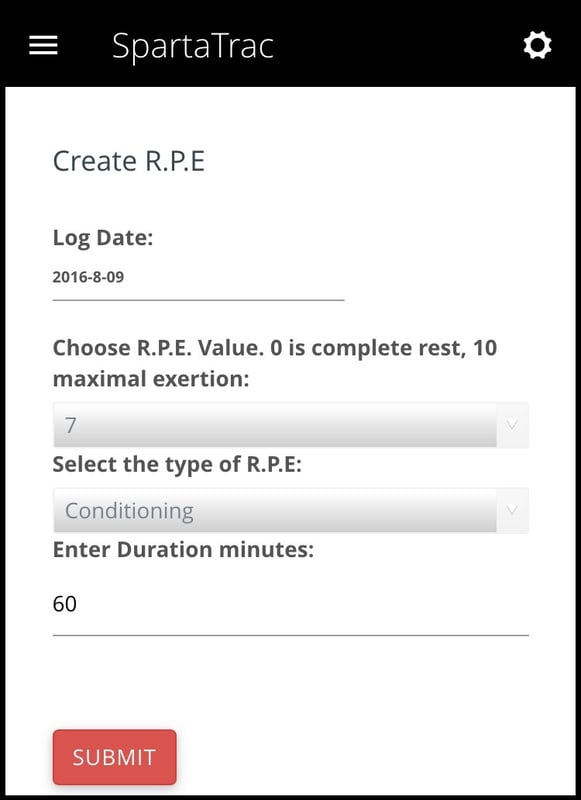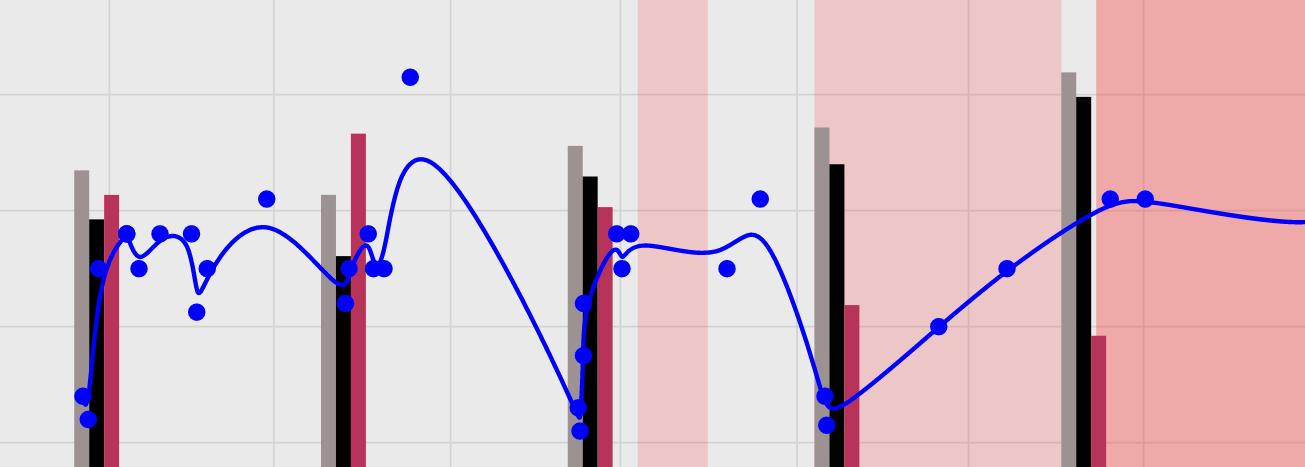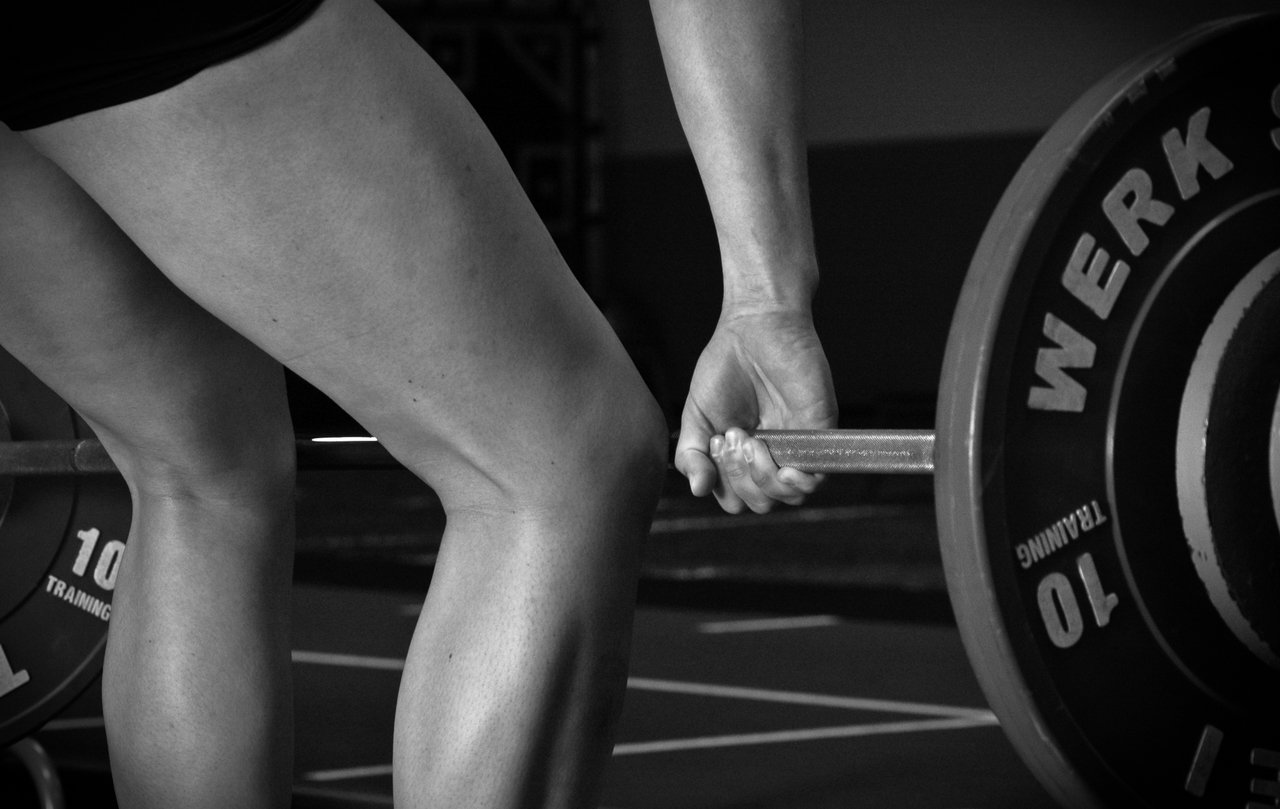
Every week as a staff we have a meeting to discuss improving the success of our current Sparta partners (Sparta Platform). The meetings range in topics but consistently center on helping coaches and sports medicine professionals validate their training practices. In this meeting, we have started to review case studies using our Analytics Charts, which look at the relationships of previously logged data and how to best utilize this feature to make better decisions in the future.
This past week, we were looking at how an athlete’s Sparta Signature is related to the athlete’s Rating of Perceived Exertion(RPE) over time. In this case, RPE is used as the Internal Load measure, which is calculated by multiplying the athlete’s RPE (on a 1–10 scale) by the duration of the session. One of our staff’s questions was, “did an increase in Internal Load cause the dramatic decrease in this athlete’s DRIVE immediately prior to his injury?” After a few minutes of discussing possible causes of the injury, we eventually realized that we were comparing an internal load measure to an internal load measure. Is that right?
Internal Load is a representation of the bodies response to a stress or an external load, and can be measured in a number of ways. Often times, internal load can be restricted to the measurement of cardiovascular or subjective metrics because of their common usage, as well as the nature of such metrics being very internal (my heart is in my chest, my feelings, etc.). So some popular measures of internal load currently are RPE and a variety of Heart Rate measures.
We also see our Sparta Signature as an internal load measure because it shows how an athlete is moving right now in response to external stimuli such as training, genetics, regeneration, and fatigue (just to name a few factors). After all, the Sparta Signature is a measure of the ground reaction force (GRF) profile used by an athlete as their neuromuscular solution to the problems they face in sport. And this solution changes (internal load!) as a result of external stimuli.

The availability of data is at an all-time high for all industries including athletics. When collecting data, first steps must be to ensure reliability and validity. Looking at this internal load data from 2 different sources (RPE and force plate), we now see what happened so the next step is to learn why it happened to repeat desired outcomes and limit the undesired ones (losses and injuries).
Specifically, in this case study, our goal was to see if we could find why the injury occurred. By comparing an internal load to an internal load, we can see a couple different measures of the body’s response to stress on the same page, but it becomes much more difficult to infer any cause and effect relationships. By looking at an external load and an internal load, now we can start to see how the body responds to a particular stress, to see if that stress might have increased the risk of injury.
“Education is the most powerful weapon which you can use to change the world “
-Nelson Mandela

In this case study at Sparta or any sports organization, there should be no expectations of research or predictions of these case studies. They serve as a visual representation that can help educate the staff and athletes alike by showing trends that can ultimately enhance the end goal of any coach or sport medicine practitioner, solidifying good habits and changing poor ones.